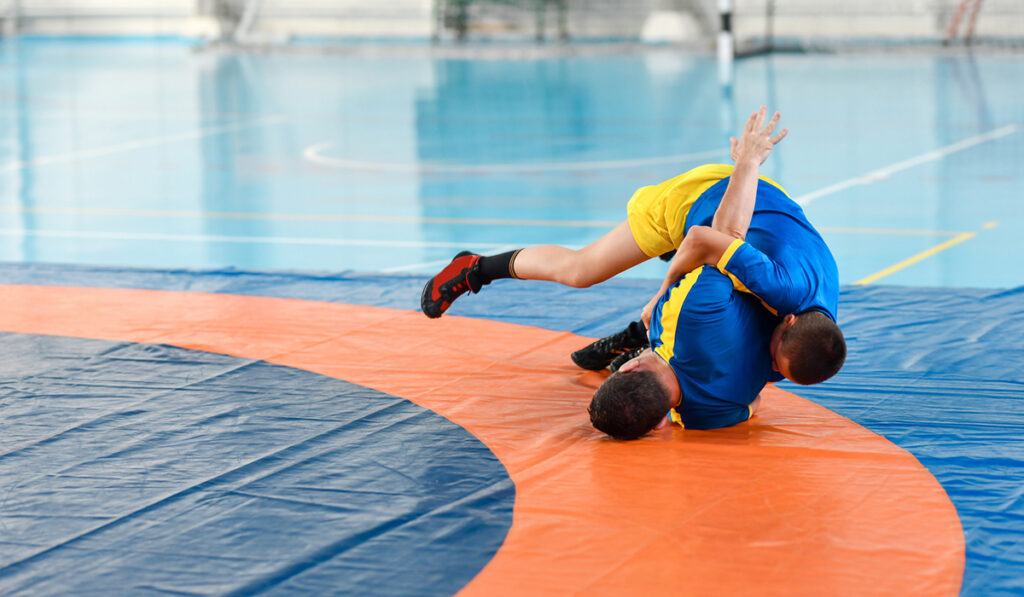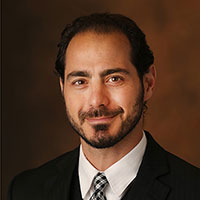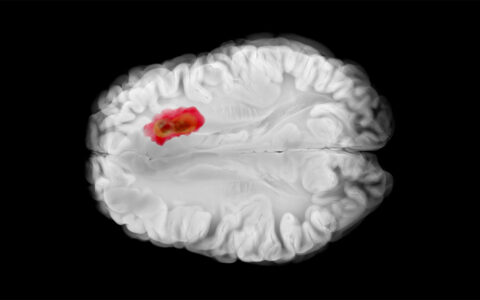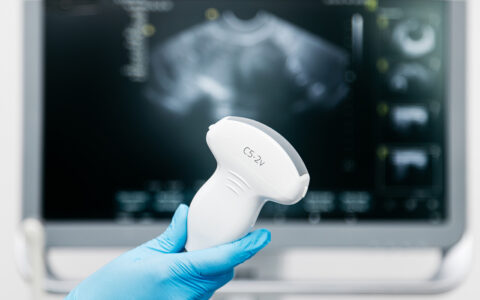Young athletes may potentially safely return to contact sports after a temporary neurological injury if their head and neck imaging is clear and symptoms resolve quickly, suggests a pilot study by the Vanderbilt Sports Concussion Research Center.
Injuries can cause spinal-cord neurapraxia, a temporary loss of motor or sensory functions – or both – in the extremities. These injuries commonly occur during contact sports such as football, hockey and wrestling. They result from excessive compression, flexion or extension of the cervical spine, with symptoms typically lasting from a few minutes to 48 hours, but sometimes longer.
Commonly, doctors will recommend abstaining from future contact-sport participation after such an injury. But that decision has been based on conventional practice rather than clear-cut data, said Christopher Bonfield, M.D., associate professor of neurological surgery at Vanderbilt University Medical Center, who was lead author of the concussion study.
“We don’t know enough about young athletes who suffer temporary neurological injuries during sports,” Bonfield said.
“Those with repetitive injuries and imaging of spinal stenosis or spinal cord injury must sit out. But with an injury that lasts a few seconds or days after only one event, plus normal imaging, they may potentially get back to sports.”
Return to Play
The Vanderbilt research team, comprising a medical student, neurosurgery nurse practitioner and three neurosurgeons, reported on six teenage male athletes who sustained injuries: three football players injured during tackling; an ice hockey player and a basketball player who both fell and landed on their head or neck; and a weightlifter who dropped the weights on his neck.
Their symptoms ranged from partial weakness to paraplegia and resolved in less than a day for two of the football players and the hockey player. It took two to three days for the third football player and the weightlifter to recover, and under two months for the basketball player, they reported in Neurosurgery.
“But with an injury that lasts a few seconds or days after only one event, plus normal imaging, they may potentially get back to sports.”
None of the six displayed spinal stenosis or other spinal abnormalities, nor were there traumatic findings seen on imaging of the head and cervical spine. The majority of the cases led to use of a cervical collar for up to six weeks and instructions to stay away from contact sports for several months.
About 17 months later, at follow up, the athletes all said they had returned to play within about six months of the injury and were healthy enough to workout daily.
Contraindications for Sports
The standard contraindication for return to play has been the presence of symptoms lasting more than 72 hours.
“It’s easier for a doctor to say, ‘Don’t go back,’ but we don’t have good data one way or the other,” Bonfield said.
“We’re a high-volume center and we only saw a limited number of these patients over five years. We need a larger, multicenter study to see whether athletes can safely go back to play sooner, or at all.”
Full knowledge based on a wide variety of cases may continue to be elusive.
“In some cases, patients don’t seek medical attention because numbness in the arms or legs resolves on its own quickly. They ‘shake it off’ and keep playing,” Bonfield said.
“On the other hand, we see repetitive injuries in athletes with a spinal cord injury, bulging disc or congenital bony abnormality and tell them not to return to play because they are potentially predisposed to more neurological injuries.”
Tailoring Treatment
At Vanderbilt, Bonfield said, the specialists focus on patients and their injuries to devise a recovery plan with the highest chance for an optimal outcome.
“We look at each patient individually and tailor treatment. Some medical centers treat all neurological injuries the same. If you’re injured, you’re out.
“We consider the mechanism of the injury, symptoms, workup with imaging and how long it may take to get back to normal. Then we have a conversation with the athlete and family about potential risks and devise a plan to return to sports.
“We’re certainly not saying everyone can get back into action. We need better data to make better recommendations to athletes and their families.”




